Kimberly Rubio:
We told her we loved her and we would pick her up after school. I can still see her walking with us toward the exit. In the reel that keeps scrolling across my memory, she turns her head and smiles back at us to acknowledge my promise and then we left. I left my daughter at that school and that decision will haunt me for the rest of my life.
Zac Schultz:
Parents of children killed in Uvalde, Texas, 19 children in total, testified before Congress this week. In the wake of the second deadliest school shooting in the nation’s history, lawmakers in Washington are being pressed to act. Earlier this week Democrats in the House passed gun control legislation that includes increasing the age requirement for purchasing semi-automatic rifles but in the Senate, the threat of a Republican filibuster has a bipartisan group focusing on a smaller package of changes including more background checks for young adults and enhancing school security. To find out what that means for Wisconsin, we’re joined by Trisha Kilpin, the director of the Office of School Safety in the Wisconsin Department of Justice. Thank you for your time today.
Trisha Kilpin:
Thanks for having me.
Zac Schultz:
Let’s start with what message did you send out to Wisconsin schools in the immediate aftermath of the Uvalde shooting?
Trisha Kilpin:
We have consistently been sending messages to Wisconsin schools to help them engage in best practices for school safety. School safety is best understood as a comprehensive safety model and that includes helping to ensure that kids feel both physically safe in their building. They know the doors are locked and they know that they will be safe from harm. And then psychologically safe as well where they feel a sense of connection and belonging in their buildings and they know that when problems arise, the staff will help and support them and protect them. So we continue our work to let schools know about what some of those model practices are and how to make sure we were hitting all mission areas of protection, which would include preventing violence, protecting kids from harm, mitigating the trauma effects if something does occur and then our response and recovery efforts.
Zac Schultz:
We interviewed a former teacher who now works for the Department of Public Instruction last week on “Here & Now” and she told us active shooter drills can be terrifying for both staff and students. How do you balance the need to practice such drills with the psychological damage it can inflict?
Trisha Kilpin:
We want to make sure that if an incident occurs that we’re able to respond not — have thought through our response so it’s not for the first-time that people are thinking how to keep themselves safe. That said, it’s super important that our drills are what I would call “no drama, no trauma.” We know there are things we can do to practice the drills such as a lockdown. The lockdown is the basis for most drills and it means lock the door, turn off the lights and sit quietly or sit in an area of the room quietly and most importantly, listen to your teacher. So that staff can give instructions to kids about what to do next. The types of drills that are done in school should be progressive and there is great value from drills such as tabletop drills is what we call them. They are talking through if this would happen, what would we do. For youngest children, it would be what we call “when then” drills about if that would happen, then what would we do next and practicing.
Zac Schultz:
Congress is currently debating a series of proposals that could include additional funding for school security. What would that mean for Wisconsin schools? How should they use that money if it does arrive?
Trisha Kilpin:
Most of the funding Im hearing about would be in the form of grants. We are able to use some of those grants. We have been so far. Here in Wisconsin, we’re also hoping that we are able to get stable and predictable state funds for our office. Our office is small. We have several projects going on with federal grants such as a critical incident response grant right now where we’re training teams to be engaging in best practices if things were to occur that were traumatic for our students. And we also have a threat assessment grant that we’re going to be digitizing some of our materials. Those are federal grants. We would welcome more opportunities for federal dollars and we would like the predictability of state dollars in order to continue our work.
Zac Schultz:
When people hear about school safety grants, they usually think about hardening a school like bullet proofing or locking down doors or more security. Would that be involved in this as well?
Trisha Kilpin:
That’s important to make sure that we have secure entrances but equally important is to think about what we call prevention or upstream prevention where we’re building school cultures where kids feel a sense of belonging and they feel that they like their school to be safe. They feel safe at school and then building that culture of help seeking so if problems emerge, kids are likely to tell an adult, tell a trusted person so we can intervene and get the child who is demonstrating those types of concerns the help they need and deserve.
Zac Schultz:
Some Republicans have proposed arming teachers. Does your office have a position on this idea?
Trisha Kilpin:
I believe that comprehensive school safety must include all aspects as I mentioned before making kids psychologically and physically safe. I think being a teacher is a very complex and difficult job and I would support making sure that we look at all aspects of school safety before we consider arming teachers.
Zac Schultz:
We only have a few seconds left. What about school resource officers? There is some controversy about whether they help in the long, holistic sense or the value of them in the threat of an active shooter.
Trisha Kilpin:
School resource officers, when they have a relationship with the school that’s clearly defined – they have a memorandum of understanding that directs their actions and how they would respond and when they would intervene – can be highly effective in schools and I would hope that we wouldn’t stop having school resource officers but instead invest in the type of training and support we need in schools and law enforcement in order to collaborate and function well.
Zac Schultz:
Trish, thanks for your time today.
Trisha Kilpin:
Thank you.
Search Episodes
Related Stories from PBS Wisconsin's Blog

Donate to sign up. Activate and sign in to Passport. It's that easy to help PBS Wisconsin serve your community through media that educates, inspires, and entertains.
Make your membership gift today
Only for new users: Activate Passport using your code or email address
Already a member?
Look up my account
Need some help? Go to FAQ or visit PBS Passport Help
Need help accessing PBS Wisconsin anywhere?

Online Access | Platform & Device Access | Cable or Satellite Access | Over-The-Air Access
Visit Access Guide
Need help accessing PBS Wisconsin anywhere?

Visit Our
Live TV Access Guide
Online AccessPlatform & Device Access
Cable or Satellite Access
Over-The-Air Access
Visit Access Guide
 Passport
Passport


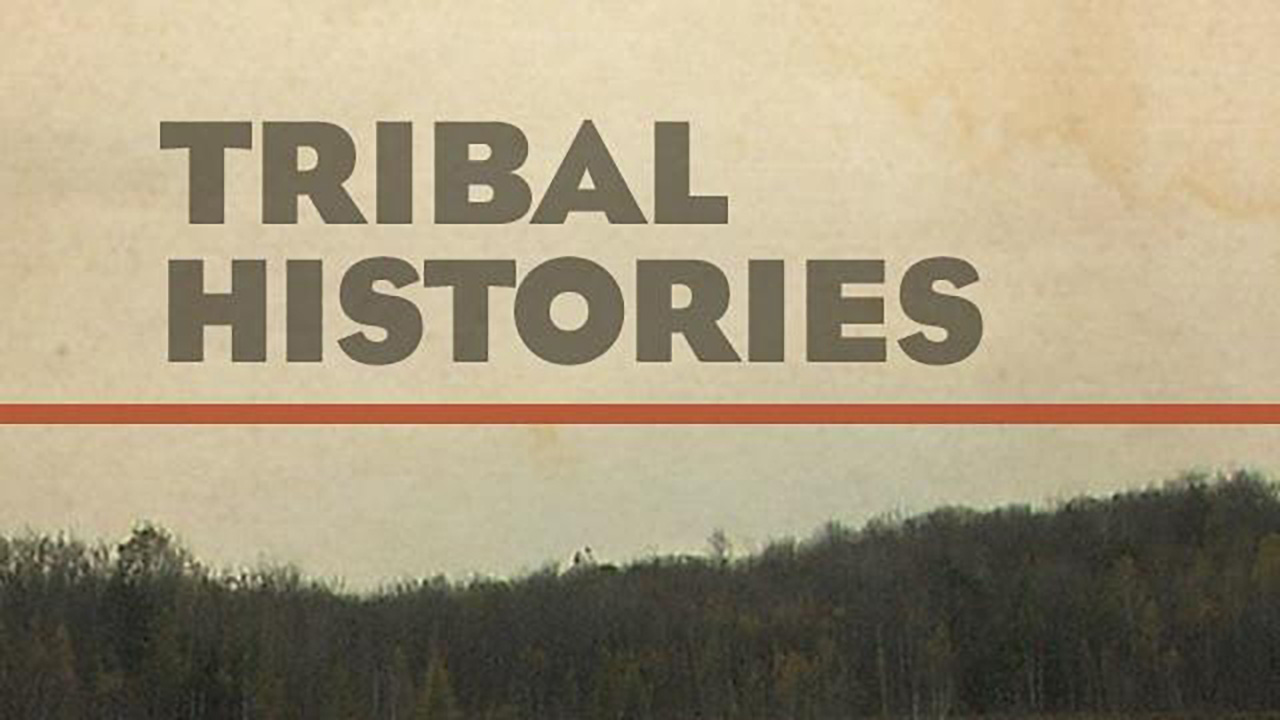





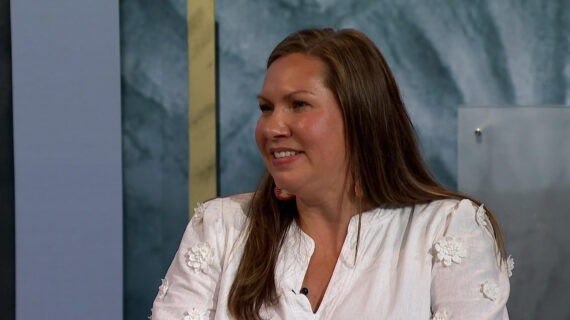
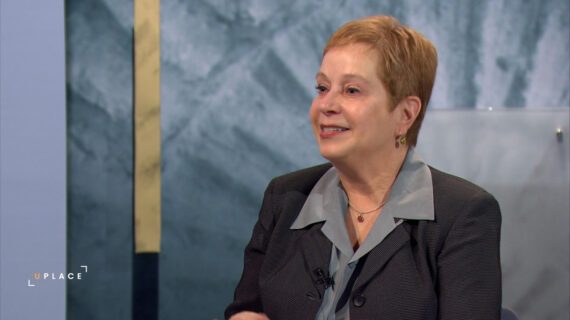

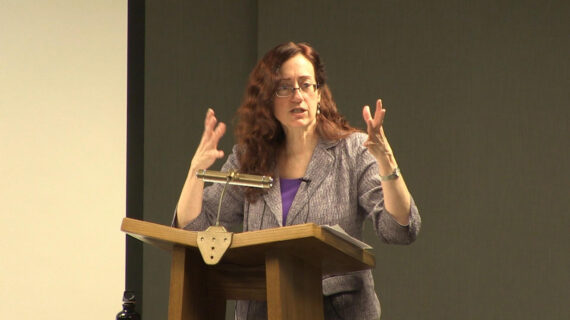
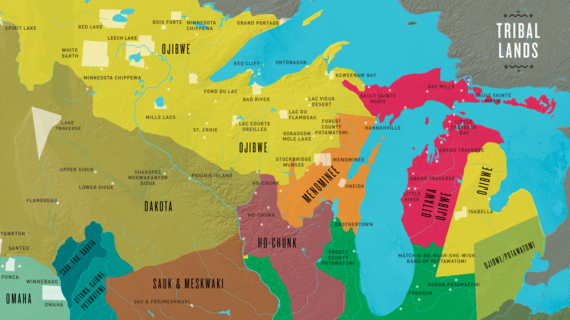

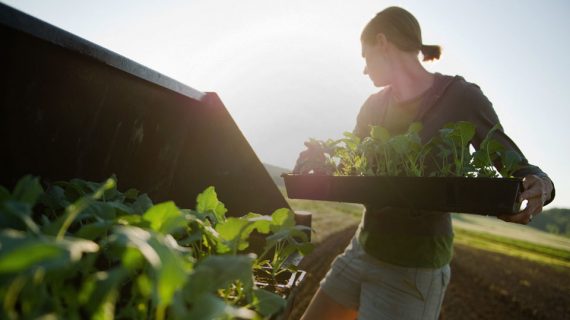
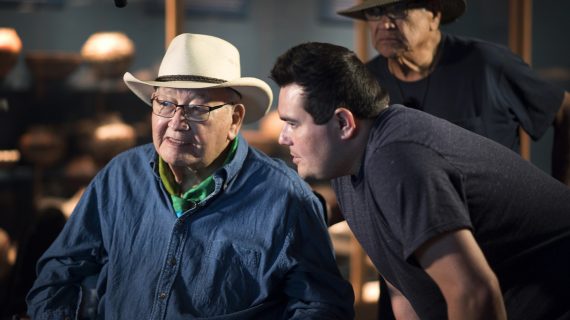


Follow Us